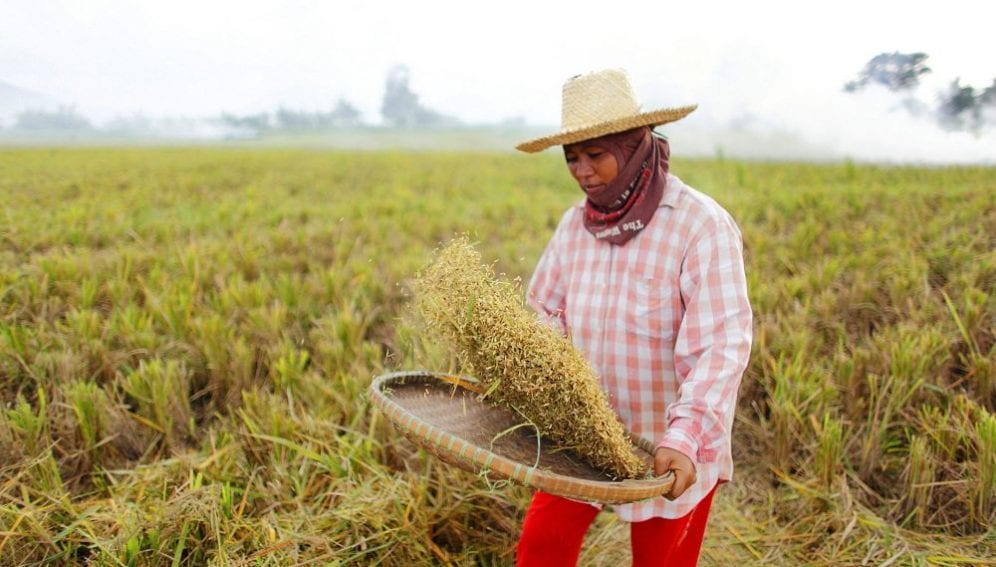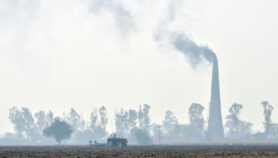By: Paul Icamina
Send to a friend
The details you provide on this page will not be used to send unsolicited email, and will not be sold to a 3rd party. See privacy policy.
[MANILA] Nights are getting hotter and scientists are sweating over the possibility that rice yields may fall as a result.
Decreasing rice harvests mean higher prices. That would be a scary scenario in Asia where rice is considered not only a basic food staple but also a political commodity. Shortages of the commodity in 2007-2008 angered consumers across the region and caused some governments to wobble.
A 35-year climate trending by the International Rice Research Institute (IRRI) under its Long-Term Continuous Cropping Experiment shows a “clear trend” that night temperatures are increasing while day temperatures are less consistent.
“The average minimum daily night temperature during the period of rice growth in the dry season (January to April) has increased about one degree Celsius in the last 35 years,” says Roland Buresh, a scientist who manages the world’s longest-running rice research project at IRRI.
“The night temperature has now increased to a critical threshold of 23 degrees Celsius, above which there can be a penalty of reduced yield,” Buresh tells SciDev.Net in an interview.
Grace Centeno, associate scientist at IRRI’s Climate Unit adds: “Average night temperature over 23 degrees Celsius can lead to yield loss due to the increased need of the rice plant to expend its energy to maintain its biological health.”
Centeno participated in an earlier study of weather data at IRRI’s rice farm from 1979 to 2003, which found that during the dry cropping season (January to April), grain yield declined by 10 per cent for a one-degree Celsius increase of night temperature above 23 degrees Celsius in the growing season.
That study — which showed that mean night temperature increased by 1.13 degrees Celsius in the 25-year period — provided direct evidence of decreased rice yields from increased nighttime temperature associated with global warming.
Centeno notes “the study was published in 2004, but additional data from 2004 onwards continue to support the negative effect of higher night temperature on crop yield.”
A 10 per cent reduction in yield is huge. That is, a harvest of five tonnes per hectare would decrease by half a tonne — a drop that Buresh calls “a major and significant concern in rice production”.
“Definitely, global warming is upon us,” William Padolina, president of the Philippines’ National Academy of Science and Technology, tells SciDev.Net.
A one per cent increase in temperature means a six per cent decline in yield, he explains. “Why? Because grains are filled only during evenings. That’s the way of nature.”
This means we should breed varieties that are tolerant to high temperatures and drought, “and that’s the goal not just for rice but for all crops”, Padolina says.
This article has been produced by SciDev.Net's South-East Asia & Pacific desk.














